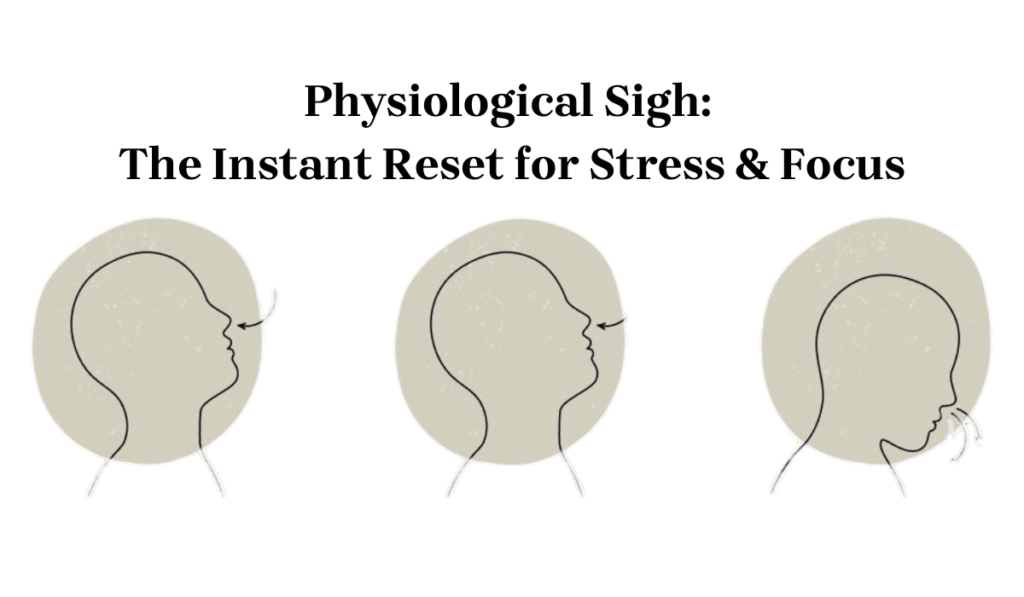Triggers & Glimmers at Work: A Practical Guide to Emotional Mastery on the Job
Why This Matters
You just wrapped a presentation.
Silence. No feedback.
Your stomach tightens — “Did I mess up?”
→ That’s a trigger.
Now imagine:
Your manager smiles and says, “Great job — especially slide 5.”
→ That’s a glimmer.
These micro-moments run your nervous system — and your leadership.
Work isn’t just about tasks and goals.
It’s pressure, people, and non-stop micro-signals.
Your nervous system reacts to every tone, pause, and ping.
Triggers and glimmers don’t stay at home — they shape your team’s energy.
- Leaders who ignore them: create reactive, disengaged teams.
- Leaders who master them: build calm, connection, and clarity.
1. Common Workplace Triggers (and How to Spot Them)
| Trigger | Reaction | What’s Underneath |
| Being interrupted in a meeting | Frustration, silence | Feeling dismissed or invisible |
| Lack of clear feedback | Overthinking, self-doubt | Need for clarity or validation |
| Micromanagement | Resistance, shutdown | Feeling distrusted |
What to Do:
- Tune into your body: tensed shoulders, shallow breath, drained energy.
- Ask: “What need just got stepped on?”
This builds self-awareness before self-sabotage.
2. Glimmers in the Workplace (and How to Multiply Them)
| Glimmer | Response | Nervous System Message |
| Recognition for work well done | Energy, calm | “I’m safe and seen here.” |
| Being asked for input | Motivation | “I matter here.” |
| Clear expectations | Focus, flow | “This is predictable and safe.” |
How to Multiply Glimmers:
- Acknowledge small wins
- Normalize kind, specific feedback
- Start meetings with 1-minute check-ins
- Model calm under pressure
These shape emotional microclimates where people think clearer and connect deeper.
3. If You’re a Leader: This is Not Optional
Your nervous system sets the tone — and your team reads it instantly.
When you’re triggered:
- Your tone sharpens
- Your energy shrinks
- Your team mirrors your stress
When you’re glimmering:
- You breathe slower
- You listen better
- Your team relaxes into trust
What to Do Practically:
- Know your top 3 work triggers
- Know your top 3 glimmers
- Encourage your team to name theirs
- Create reset rituals in culture
(Example: “Pause + Breathe before Feedback”)
Emotional awareness isn’t soft. It’s a hard edge in modern leadership.
4. Make Triggers & Glimmers Part of Team Culture
Instead of:
- Ignoring emotions
- Powering through tension
- Treating reactivity as weakness
Try this:
- Normalize naming triggers:
“That felt dismissive — can we reset?” - Celebrate glimmers:
“That support helped me feel grounded.” - Build habits around regulation:
Grounding, reflection, short check-ins
Emotions drive behavior. Behavior drives results.
Quick Wins This Week (Team Challenge)
Start Meetings with a Check-In:
“Name one glimmer from your week.”
Create a Trigger Reset Cue:
“When energy spikes, pause for 60 seconds.”
Glimmer Wall (Virtual or Physical):
Add one moment each week that brought joy, calm, or connection.
Weekly Emotional Audit:
Each team member notes:
- 1 trigger moment
- 1 glimmer moment
- 1 personal insight
Bottom Line
You lead better when your nervous system feels safe.
You think clearer, listen deeper, and act wiser.
Your team senses that — and mirrors it.
So stop managing only tasks.
Start managing the emotional currents behind them.
Because the strongest leaders don’t just spot triggers —
They multiply glimmers.
Next Up:
How to Build a Trigger + Glimmer Toolkit for Your Workplace
(Practical templates, scripts, and rituals)
Previous Post:
Emotional Glimmers: How to Train Your Nervous System for Calm and Connection



